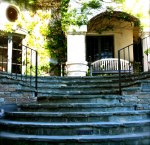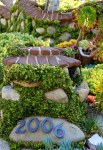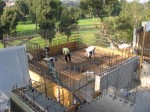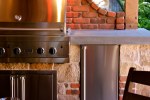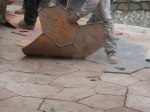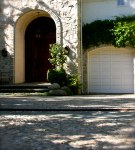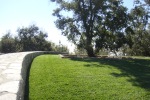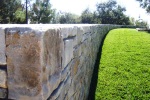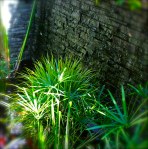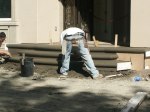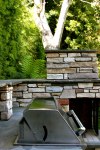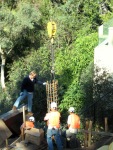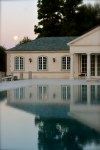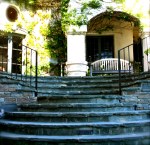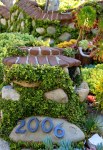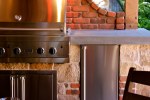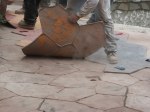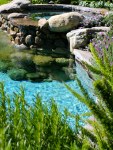In an effort to keep pace with current trends in green construction, Mike Pearson Construction had their senior estimator (myself) register for and take the LEED Green Associate’s exam, which I (fortunately) passed.
Having a LEED Associate on staff helps companies become more competitive in a number of ways, so for our newsletter this month, we thought we’d share the process of registering, studying, and taking this exam with you.
First of all, what are the benefits to having a LEED Associate on staff? There are a number of practical advantages. Almost all of us are bidding on, working on, or will work on LEED projects. The LEED Associates exam focuses on the LEED rating system, how projects are registered, how credits and prerequisites work, minimum program requirements for LEED projects, and the details of each of the credit areas. Having a LEED Associate on staff will aid your company in navigating the LEED process by having a solid grasp of the basic concepts in the LEED process, some knowledge of techniques, and an understanding of the administrative work flow. The LEED Associate is also the first step in attaining the LEED AP credential. Project teams that have a LEED AP involved in a LEED project can earn one point under Innovation in Design, (Credit 2.) In addition, it is simply good PR to have an individual with a LEED credential on your staff.
How do you go about perusing your LEED Associate’s credential, or having one of your staff do so? First, go to the following link on the GBCI website, and register:
http://www.gbci.org/main-nav/professional-credentials/credentials.aspx
The registration fee will vary for USGBC or non-USGBC members. Our fee was $150.00. You’ll be asked to provide a letter stating that the person registering for the test is involved in the green construction field in some form or fashion.
Once the exam registration is complete, you’ll need to select a third party entity to provide the study materials. The Green Building Certification Institute does not provide study materials for this certification, so you’ll need to choose from one of the many outside parties that provide study materials for this exam on your own. I used the study materials created by a company called Green Building Education Services (www.greenexamprep.com).
The Green Building Education Services provides a printable study guide (approximately 200 pages long,) and several online tests and flash cards. The study materials are downloadable PDF’s, which must be printed. I cannot say how these materials compare to other study materials on the market, but I can say that I was very well prepared for the exam when I took it, and I scored 92%. I felt that the materials from GBES were somewhat poorly organized, and I had to read and re-read several sections of the study guide to answer what I felt were relatively simple questions. I felt that they could have done a better job of highlighting important concepts. As a result, the online tests that they provided were fairly difficult, and I had to study much harder than I had anticipated. I wouldn’t give GBES my highest grade in terms of clarity of presentation. However, the overall result was that I had to scour the materials and think critically about the concepts in order to do well in their online practice tests, which meant that I was very well prepared for the test.
The exam itself must be scheduled through another third party company called Prometric. (www.prometric.com). The exam was slightly less difficult than the practice exams. I generally scored about 85% on their practice exams, and I scored 92% on the real exam. (They advertise that if you score 80% or more on their practice exams, you should be ready for the real test, which seems to be correct.) You need to score 85% or more on the real exam, so the standards for certification are somewhat stringent.
The exam itself is 100 multiple choice questions, and you see your score as soon as you complete the test (which is a relief….or not, depending on your score!) It takes about an hour to complete the test. Once you pass the exam, you can use the LEED Associate designation after your name in professional publications and other documents.
Electing to have one of your staff earn his or her LEED Associate’s Credential is a good investment. It brings practical knowledge and good P/R to your firm. The fees for exam registration and testing materials will only total a few hundred dollars. The larger investment will definitely come from allowing your employee time to study. I would suggest allowing three months to prepare for the test. It is approximately the equivalent of a three unit college class, so use that as a rule of thumb.
John Classick – LEED Associate
Mike Pearson Construction, Inc. – Concrete Contractor Los Angeles
www.mikepearsonconstruction.com
818-999-6780
Mike Pearson Construction has been performing residential and commercial masonry and structural concrete in Los Angeles for over thirty years.

